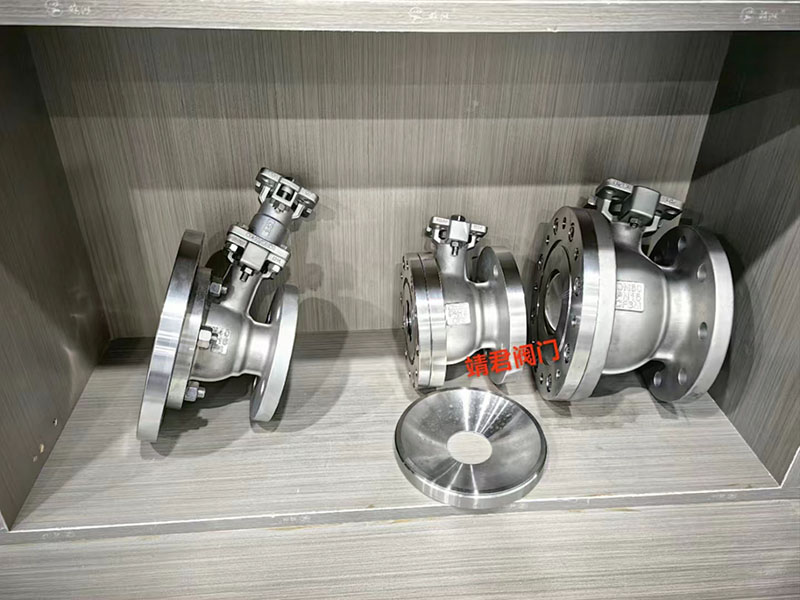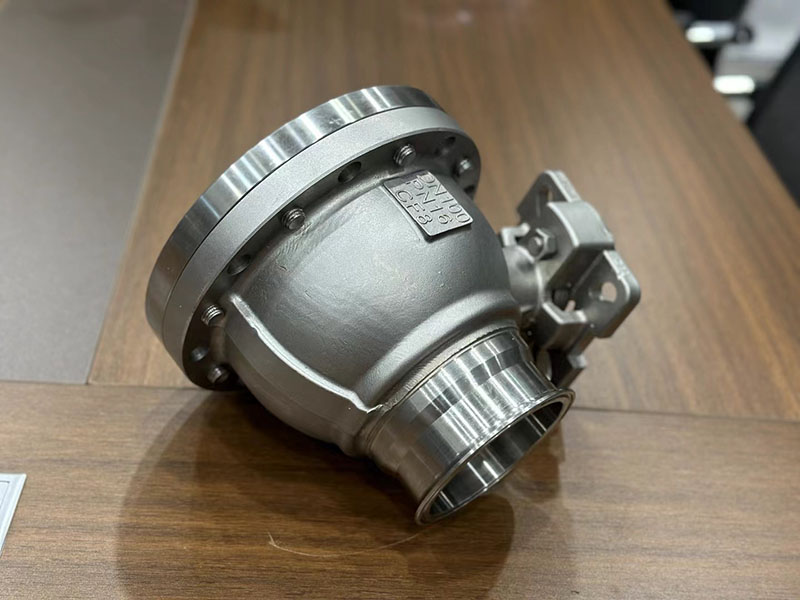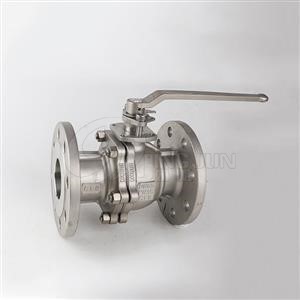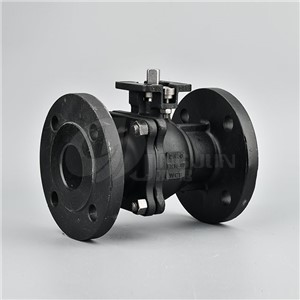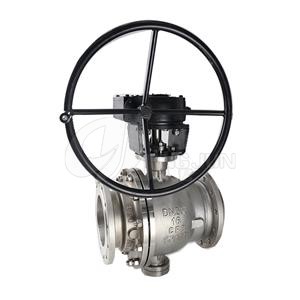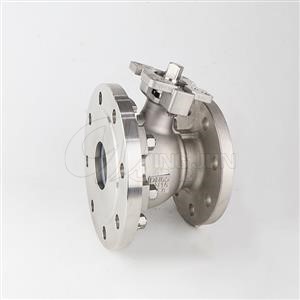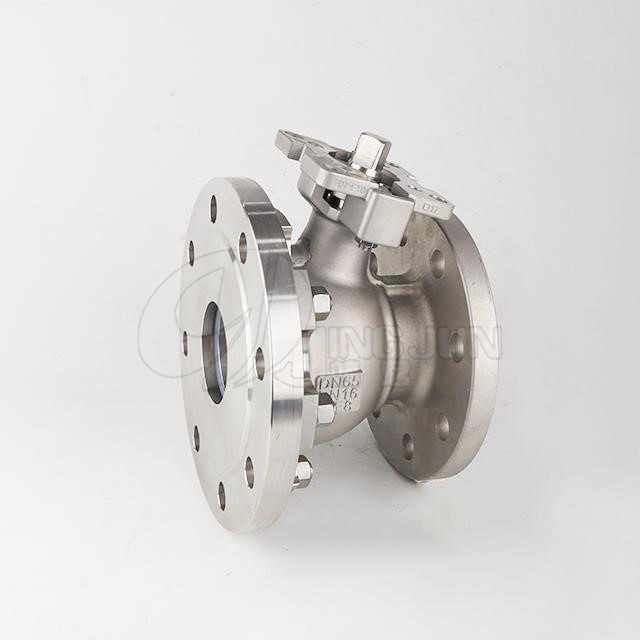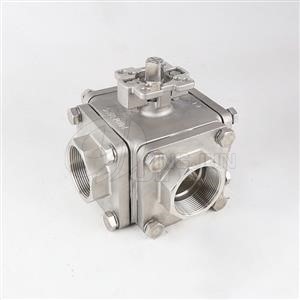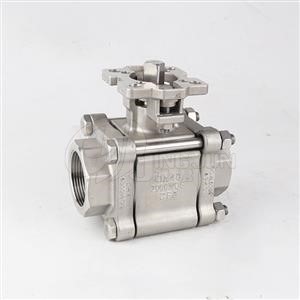The bottom valve has a specialized structure for tank bottom applications. Its flanged connection ensures stable integration with tank outlets. The valve body, crafted from stainless steel (visible in the image), resists corrosion from diverse media. A precision - machined ball core enables tight sealing, preventing residue accumulation at the tank bottom and ensuring thorough medium discharge.
Primarily used to control medium discharge at the bottom of tanks (like reaction kettles, storage tanks). It allows complete emptying of media, minimizes residue, and supports processes such as material transfer, tank cleaning, and system maintenance in industries like chemical, pharmaceutical, and food production.
Widely applied in chemical reactors, pharmaceutical mixing tanks, and food processing storage tanks. Ideal for scenarios requiring complete medium discharge (e.g., transferring raw materials, cleaning tanks). Its corrosion - resistant material and reliable sealing meet strict hygiene and safety demands in pharmaceutical and food industries.

